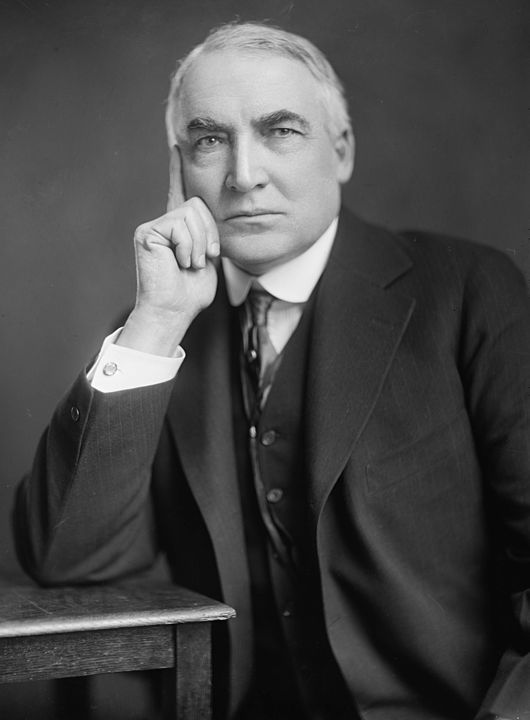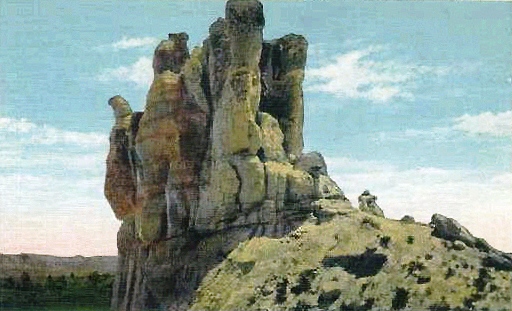Authors:
Historic Era: Era 7: The Emergence of Modern America (1890-1930)
Historic Theme:
Subject:
February/March 2021 | Volume 66, Issue 2


Authors:
Historic Era: Era 7: The Emergence of Modern America (1890-1930)
Historic Theme:
Subject:
February/March 2021 | Volume 66, Issue 2
Historians have long regarded Warren G. Harding’s administration as the most corrupt in the twentieth century. Ultimately, three of the president’s appointees, including a cabinet officer, went to jail. His attorney general was tried twice by juries that failed to reach a verdict after the defendant refused to testify. The Attorney General’s closest friend and confidant committed suicide, as did the chief counsel of the Veterans’ Bureau.

In addition to these instances of corruption, the Harding administration was troubled by allegations of government by crony. Harding claimed that in selecting his cabinet he sought the “best minds,” which was undoubtedly the case in the choice of men such as Charles Evans Hughes, Herbert Hoover, and Henry Wallace.
But the cabinet also included Harry M. Daugherty, whose background made him an object of suspicion as attorney general. Daugherty, a lawyer originally from Washington Court House, Ohio, had served briefly in the state legislature during the 1890s, but his chief association with politics was through his activities as a lobbyist and his long-time friendship with Harding. The lawyer had first met Harding around the turn of the century at a Republican rally, and according to Daugherty, he immediately thought to himself, “What a President he’d make.” The relationship between the two deepened as Harding moved up in Ohio politics and Daugherty boosted him for the presidency. After serving as Harding’s campaign manager in 1920, Daugherty became attorney general.
Below the cabinet level, Harding appointed other friends to government posts. Dr. Charles E. Sawyer from Harding's home town of Marion became a brigadier general and White House physician. Ed Scobey, a one-time county sheriff and old friend, was selected as director of the Mint. Harding picked his brother-in-law, Reverend Heber H. Votaw, for superintendent of federal prisons after removing the position from the civil service lists. Daniel Crissinger, a Marion lawyer with little banking experience, was named controller of currency and, subsequently, governor of the Federal Reserve Board.
At the time these appointments attracted little attention, but they were later cited as evidence of Harding's questionable standards, despite the fact that most of his friends in government were never implicated in any wrongdoing.
Teapot Dome and the Origins of the Investigation

In April, 1922, rumors reached Senator John Kendrick of Wyoming that the government had secretly leased private drilling rights for Naval Oil Reserve Number Three, known as Teapot Dome. Kendrick asked the Interior Department for information and was told on April 10 that no contract for a lease had been made. Four days later the Wall Street Journal reported that